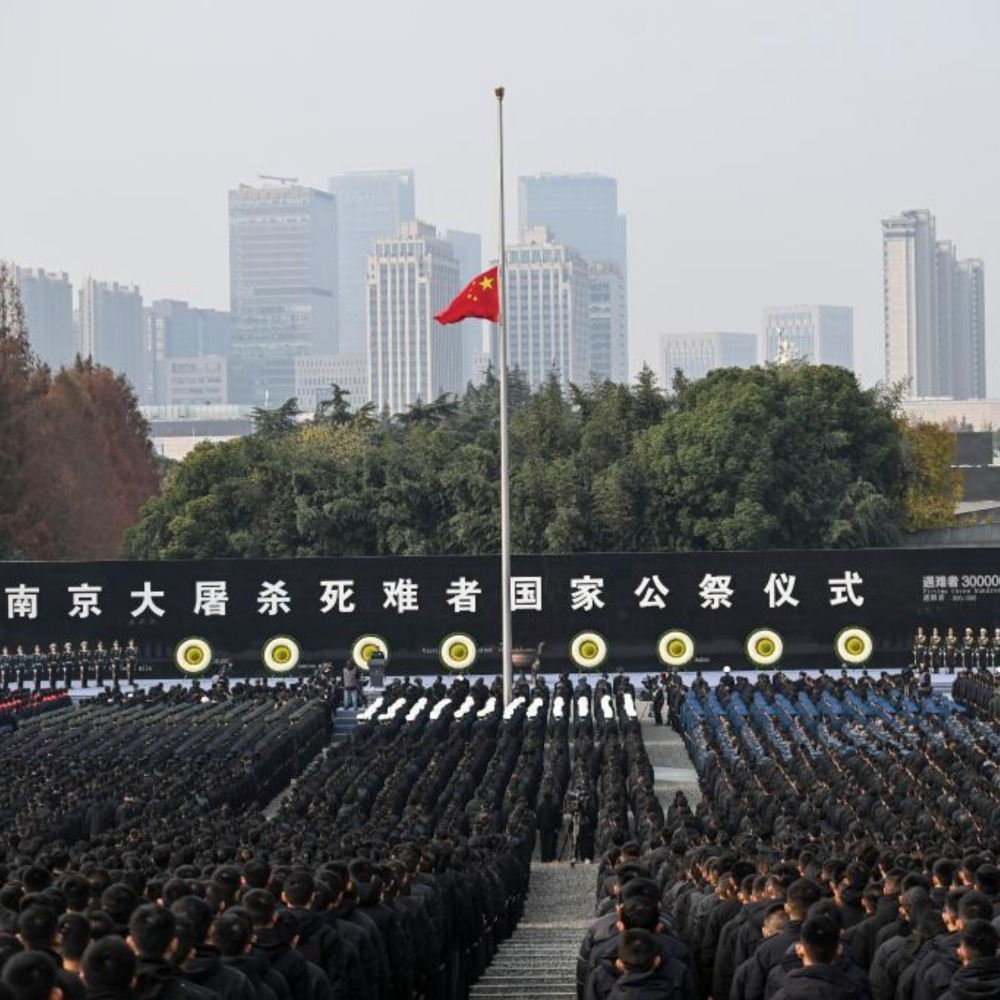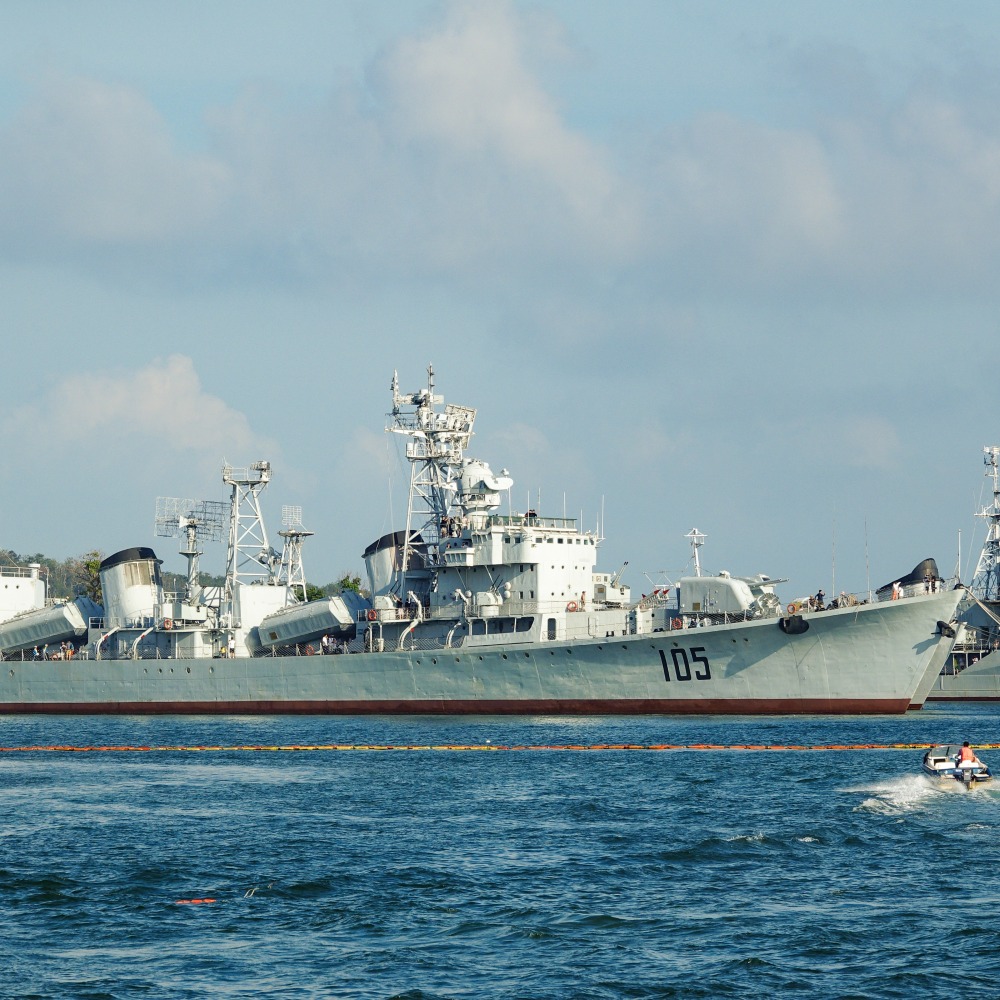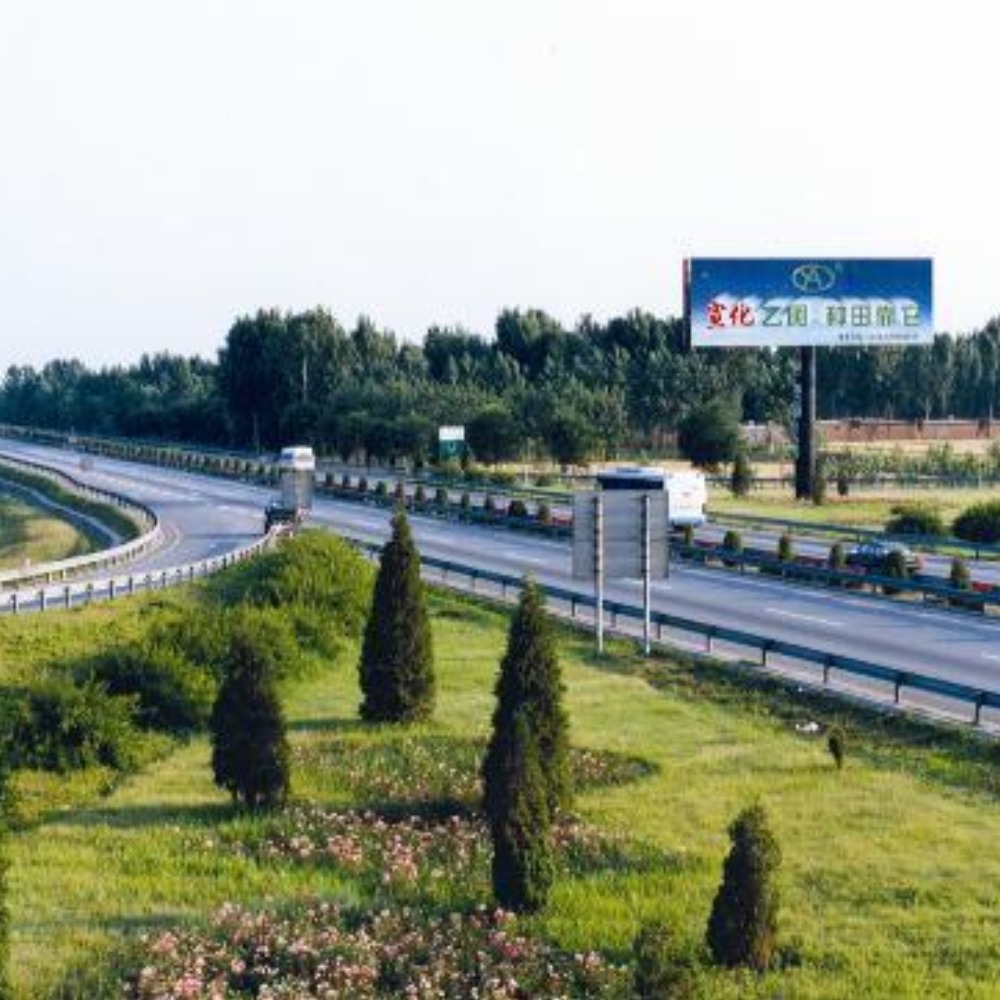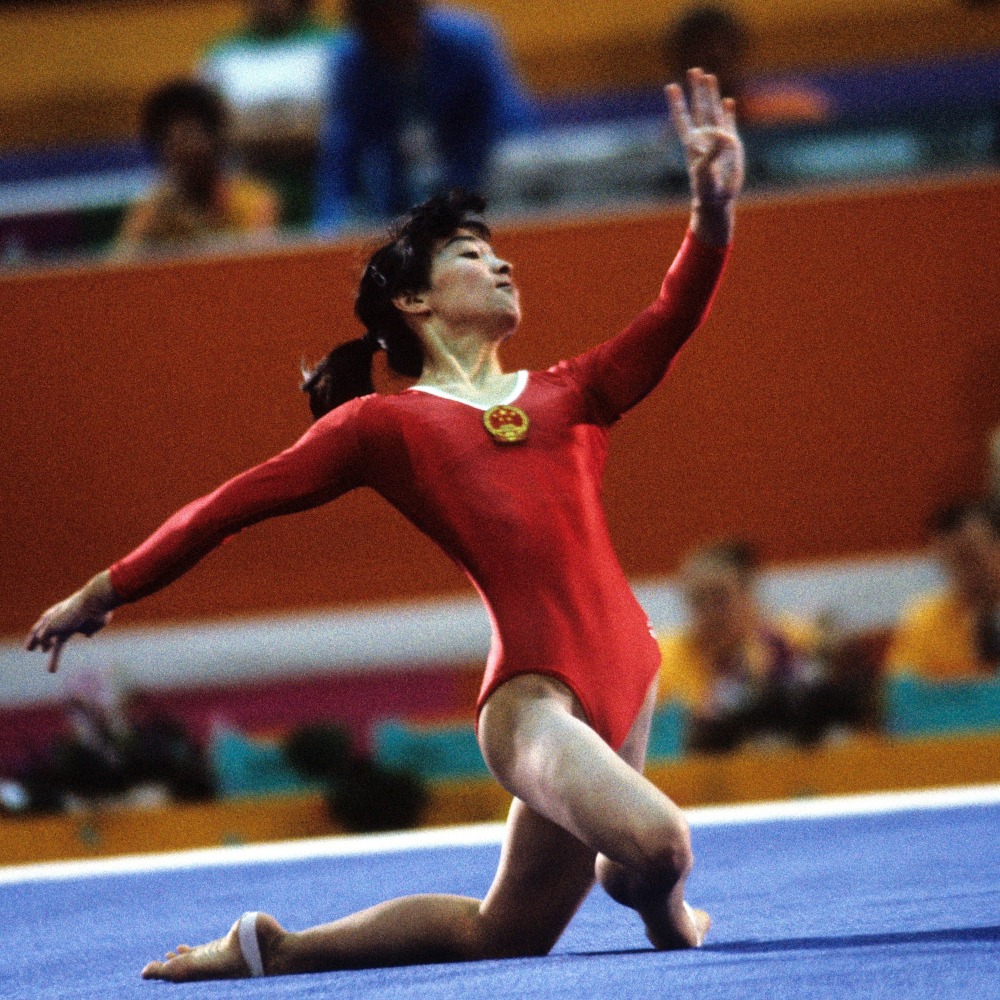Published : 2024-05-29
On May 29, 1997, Wang Xueyan, the acting representative of China to the United Nations, announced at the United Nations Headquarters in New York that the Chinese government had decided in principle to participate in the United Nations peacekeeping standby arrangement.
This would provide military observers, civil police, engineering and logistical support squads to the United Nations peacekeeping operations at an appropriate time. Wang Xueyan said that China attaches great importance to the work of the United Nations in peacekeeping.
China supports peacekeeping operations that conform to the spirit of the United Nations Charter in many ways, such as dispatching military observers to peacekeeping operations organizations like the United Nations Truce Supervision Organization in the Middle East, the United Nations Iraq-Kuwait Observation Mission, the United Nations Mission for the Referendum in Western Sahara, the United Nations Observer Mission in Liberia.
Prior to this, China also dispatched engineering battalions to the United Nations Transitional Authority in Cambodia and observers to the United Nations Operation in Mozambique.
The United Nations peacekeeping standby arrangement mechanism is divided into three levels. The first level of standby mechanism stipulates that the deployed personnel and equipment must be fully assembled within 90 days, the second level within 60 days, and the third level within 30 days.
In February 2002, China formally joined the first-level mechanism, capable of providing one United Nations standard engineering battalion, one United Nations standard medical team, and two United Nations standard transport companies.
In April 2003, China sent its first peacekeeping force composed of 175 engineering personnel and a 43-person medical team to participate in the United Nations peacekeeping operation in the Democratic Republic of Congo.






























